Personal News: Goodbye to Wisconsin
Today is my last day in Wisconsin, where I am the Mackey Chair in Creative Writing at Beloit College. I have found the Upper Midwest to be a deeply alive and beautiful place, and I cherish the opportunity to spend time here. My students are some of the most creative and open-minded I’ve ever worked with, and I will miss them.
Is Place Missing in the Environmental Movement?
Earlier this week I had coffee with Gregory Koutnik, a young political theorist who is studying the idea of ecological agrarianism. Reading Wendell Berry as an undergrad at the University of Wisconsin piqued his interest in whether “home” as a concept might be a good one for environmentalists.
He said he has a sense that “there is an untapped potential in American environmental movements in the vein of radical peasantry and the love of homeplace that it defends.” At a public event he heard my self-description as a “radical peasant1,” and he wanted to know my thinking.
When I told him I’d have the baby with me, he said, “Seeing her would be a joy.”
Greg is of medium height, sturdy, with trimmed hair and stylish glasses. He’s quick to smile, quick to shake a hand. We met at Bushel & Peck, a local coffee shop, and had a deeply engaged conversation about
place-attachment
nostalgia
how imperialism could not destroy an innate connection to place
how capitalism can not destroy it
the work of anthropologist Keith Basso, who recorded Western Apache stories of place2
the depth possible in a relationship with place, i.e. “you see the place, the place sees you”
my relationship to the south of Georgia, Greg’s to the Upper Midwest
The environmental movement focuses on issues—pollution, loss of habitat, climate weirding, loss of topsoil. Perhaps we should place more emphasis on emotional attachment to home.
Before we parted, Greg wanted to know my impressions of Wisconsin, and I said:
I’ve never seen people love babies more than here. I can’t take the baby to the grocery without dozens of people stopping to coo and exclaim.
I am highly sensitive to stress on human faces—obvious stress is not something I can ignore. Here, most people don’t seem stressed. I see the most stress on the faces of the Latin folks who have immigrated to work manufacturing jobs, and that population is larger than I ever imagined.
The countryside has a good feel, as if it’s a solid, beneficent heartland.
There are many examples of a deeply democratic, egalitarian society in the Midwest, including an astonishing dedication to the “third space,” meaning not 1) home or 2)work but 3) places where folks can hang out for free. I’ve visited stunning libraries. Parks, benches, and walking paths are abundant. I’ve seen public art in the smallest of towns. I’ve seen more Little Free Libraries in Wisconsin than I’ve seen anywhere.3
I’m fascinated by where the Midwest figures among American regions. Although it’s the geographical center of the US, the East and West Coasts are the centers of attention/commerce/government/entertainment/power. Strangely, Midwesterners don’t seem to care. Possibly not being the center allows folks to focus on living an enjoyable life.
I’d Love to Hear What You Think
Am I wrong?
Portraits of Legendary Trees
In most issues of this weekly newsletter I will highlight a significant tree. What you see in the image above is a burr oak that lives outside the Pearson Building on the campus of Beloit College. I was not familiar with burr oaks before I arrived, and I quickly realized they are an iconic, signature, distinctive tree. The bark is deeply grooved; their trunks and branches seldom grow straight but zigzag about, creating alluring silhouettes. I do not know the history of this particular tree. I do know that the college was founded in 1846, and this one stands in a significant spot, near the oldest part of campus. It is a thing of stateliness.
This Analog Life
I’ve decided that I want to include a photo of something tangible in each newsletter. Recently I supported a project by Anna Lena Phillips Bell to produce stickers reminding us to decide for ourselves where we want to put our attention. Designed for a laptop, the sticker read:
THE WORLD IS NOT IN HERE
I am adding a similar reminder to my newsletters of something analog. This week it’s a star-shaped washer on a bolt somehow holding a stucco wall together. I saw this in an Airbnb over on the Mississippi River.
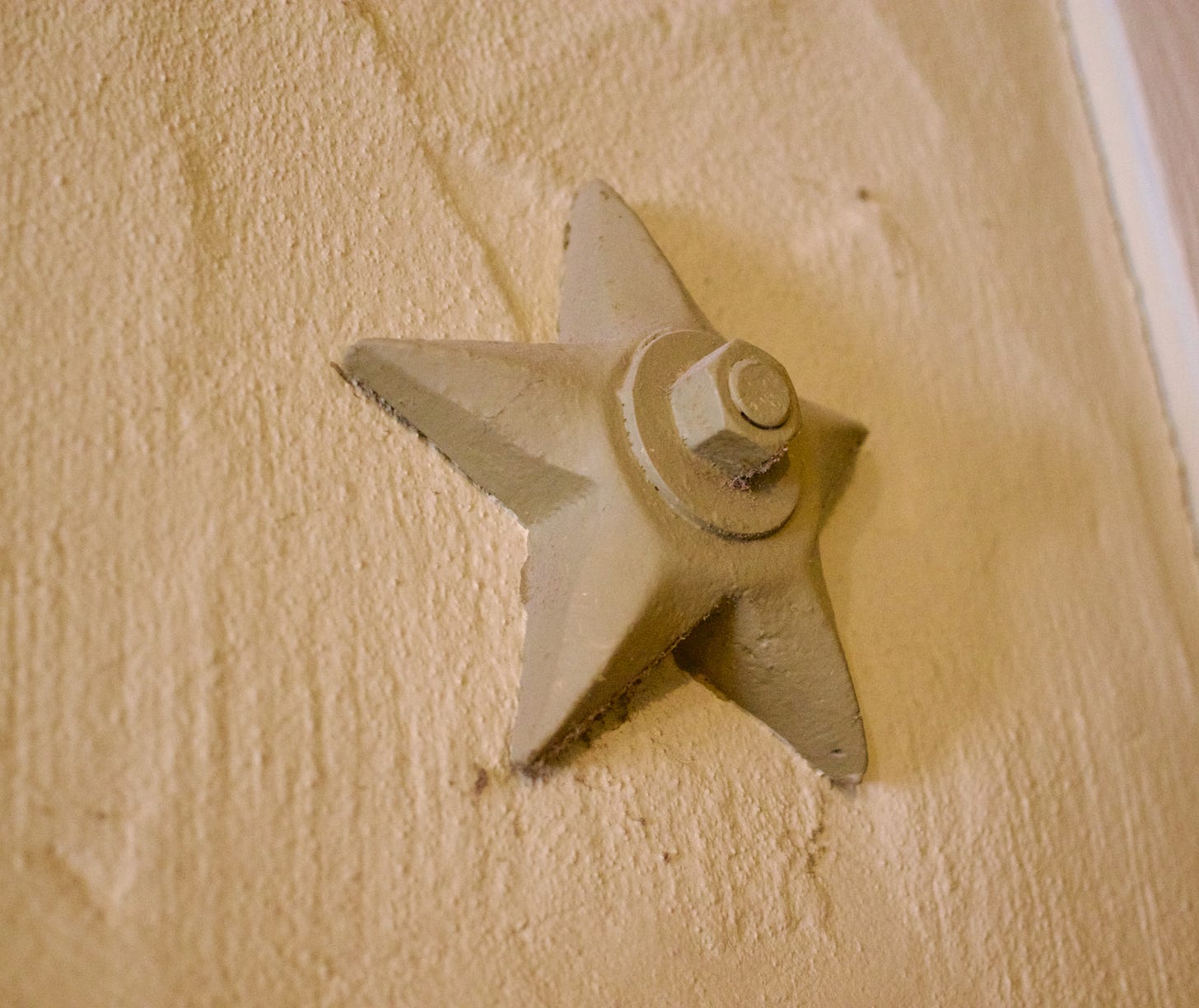
Advisor to the President
As a writer with more than 40 years of experience in expressing important messages in meaningful and life-giving ways, and as a scholar of communication, I have appointed myself Advisor to the President in the area of messaging. I will be assisting the president and his press secretary in saying what should be said.
What Pres. Trump posted on Truth Social 03/04/25—
All Federal Funding will STOP for any College, School, or University that allows illegal protests. Agitators will be imprisoned/or permanently sent back to the country from which they came. American students will be permanently expelled or, depending on on [sic] the crime, arrested. NO MASKS! Thank you for your attention to this matter.
My Rewrite—
I want to express my appreciation and respect to the many college students, staff, and faculty who have the courage to participate in political protests on their campuses. They are remembering that dissent is at the core of American democracy, and the First Amendment protects our right to engage in political discourse. I will stand by my promise to protect the freedom of expression afforded all Americans.
[Note: FrameLab addressed this defunding matter in an illuminating post, "Trump Fears Protest Power."]
Radical Sustainability
Update: Journey in Place Book
If you participated in the year-long course Journey in Place during 2024, please don’t despair that you’ll never see your copy of the place book. I thought it would be designed and printed by now, but no. This project is first on my to-do list when I return to Georgia this week from my appointment as Mackey Chair in Creative Writing at Beloit College, Beloit, Wisconsin. The baby, Little Fawn, is with me here, and I’m alone with her. Most of the work I’ve been able to do is with one arm, the other holding her. I thank you so much for your patience. You will be the first to receive a copy.
An Invitation: Spend an Hour a Week on Creativity and Writing
Journaling Sessions
For a while now I’ve been leading journaling sessions on Sunday evenings 5-6 pm Eastern Time. I choose a theme and set a number of sessions, usually five or six, to explore a topic. The courses are by donation, which means you set whatever price you can afford to pay. (The amount you pay is private.)
The sessions are good for taking an hour for yourself, working both the right and left sides of the brain, and producing numerous short pieces of writing. These come from 3-4 flow-writes that we do each session.
A new series starts March 16 that is based on gardens. Registration is happening now. More info below.
Journaling the Garden
6 Sundays in a row between March and April
hour-long sessions
each Sunday afternoon
5-6 pm Eastern US/Canada Time
starting March 16, 2025
ending April 27, 2025
with no session on Easter Sunday, April 20.
Sessions will take place on Sunday, March 16 | March 23 | March 30 | April 6 | April 13 | and April 27.
This is not a single event. This is a workshop with 6 sessions. You only need to sign up once. The Zoom link you will receive is the same for all sessions.
We make recordings available afterward, in case you need to miss a session.
I will guide you to write about nature in a meaningful and creative way. In addition, we will study with guest artists. See below.
TUITION IS UP TO YOU
Cost of the course is by donation, which means you get to determine the class's value to you.
SCHEDULE
1 | Mar 16 | Janisse w/ Susan Loeb, The Garden’s Story: One Line at a Time (drawing by outline)
2 | Mar 23 | Janisse w/ Rachel Michaud, Art Tips for Non-Artists
3 | Mar 30 | Janisse w/ Madeleine Jubilee Saito, Wisdom Quadrants
4 | Apr 6 | Janisse w/ Clare W. Leslie, Learning To See
5 | Apr 13 | Janisse w/ Nina Veteto, Capturing Experience With Color
6 | Apr 27 | Janisse w/ Jasmin Pittman, Ancestral Healing Through Creativity (simple wildflowers with watercolor) and
& w/ Rachel Michaud, A Season with Black-eyed Susans: Journaling One Plant's Insect Relationships
IN THE COURSE WE EXPLORE
nature observation
phenology (what happens when)
writing, including craft
simple art exercises, including shapes
borders, corners, spirals, dividers, banners & other page designs
what gardens mean to us
our favorite gardens
our personal gardens
the metaphorical garden
weather
mapping
natural history
perspective
healing
ancestral healing
the breath
as well as your thoughts and feelings about it all.
The course is a chance to acknowledge and transcribe the enjoyment, contentment, sense of wonder, and inspiration that you get from gardens.
SPECIFICALLY...
~moon phase~clouds~phenology~draw a flower~ be astonished~simple banners~cool page borders~5-step breathing exercise~ maps~how to increase creativity~favorite gardens~phenology wheel~signs of spring~enso~3 stages of observation~poem templates~shading~outline drawing~getting insects on paper~garden observations~adding color~you can draw~wisdom quadrants~simple wildflower watercolors~the weather~process your thoughts~rainfall~fragrances~anyone can draw~solar holidays~weather~what spring means to you~seeds~leaf shapes~birds~seeds
YOU WILL NEED
your journal (unlined paper is best)
sharpened pencils
your pens
crayons and/or colored pencils or pens
a small children's watercolor tray
Happy Coming of Spring to You!

From the book The Seed Underground: A Growing Revolution to Save Food
If you haven’t, read Basso’s Wisdom Sits in Places.
Anyone want to research the state with the most Little Free Libraries?





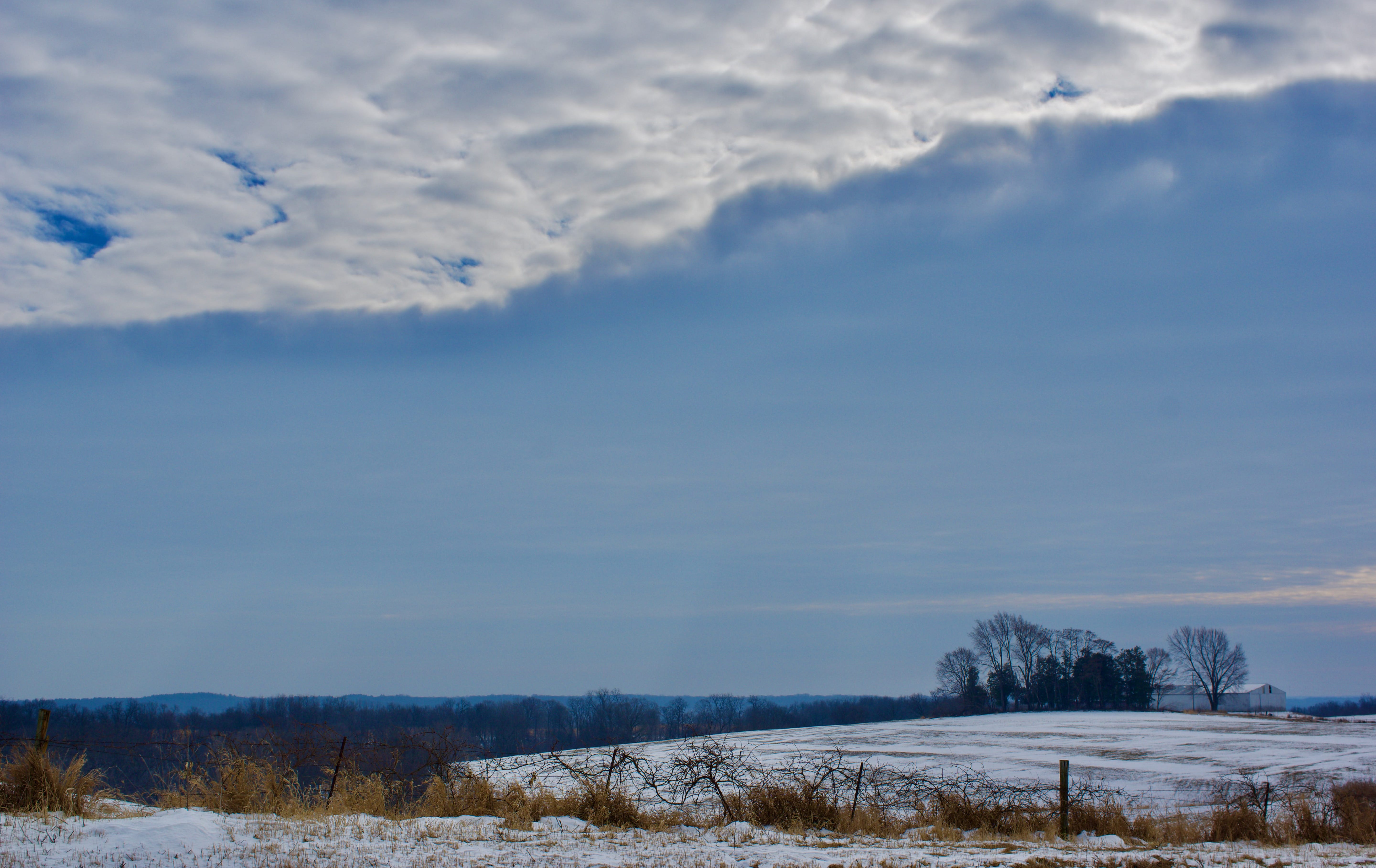
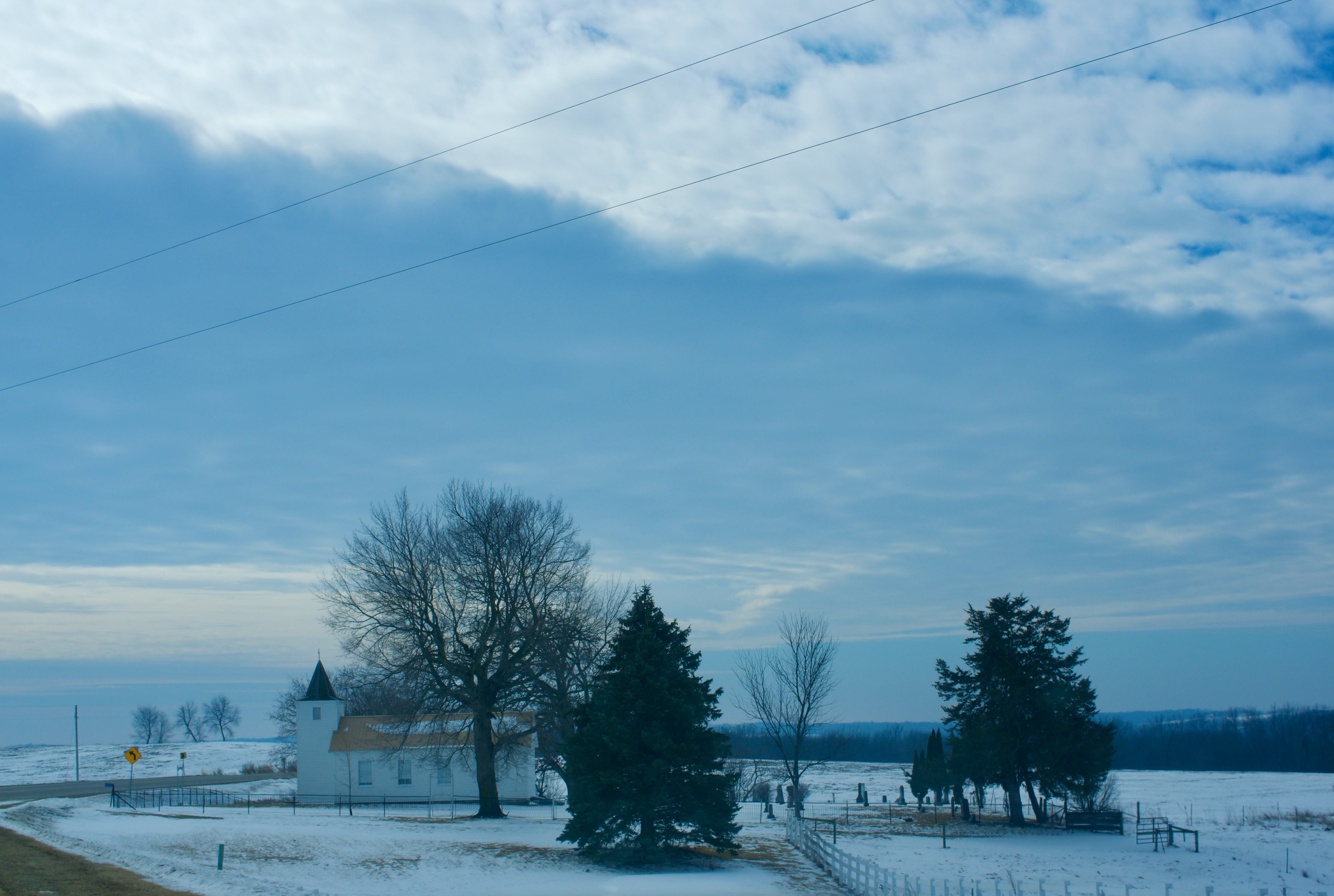
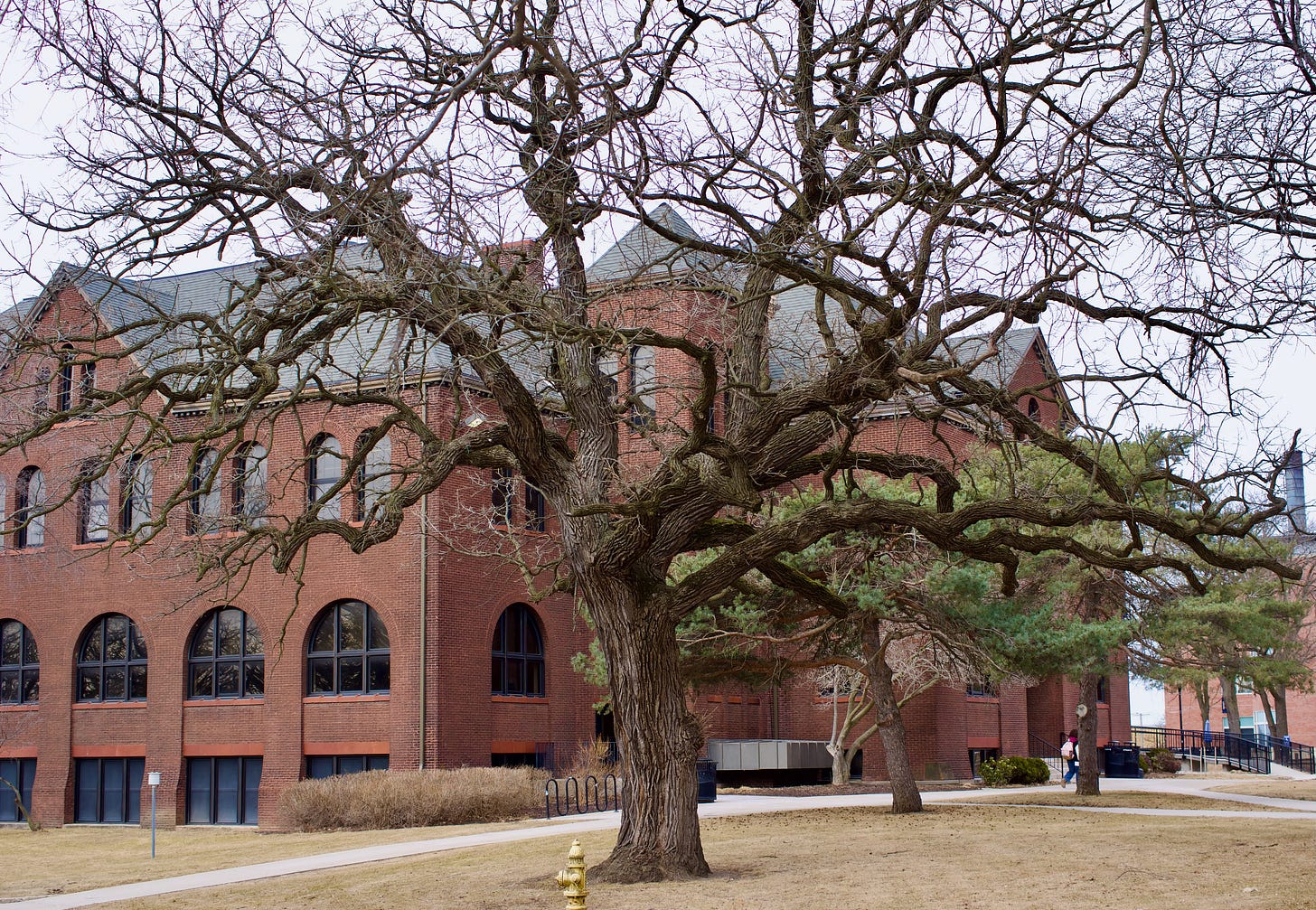

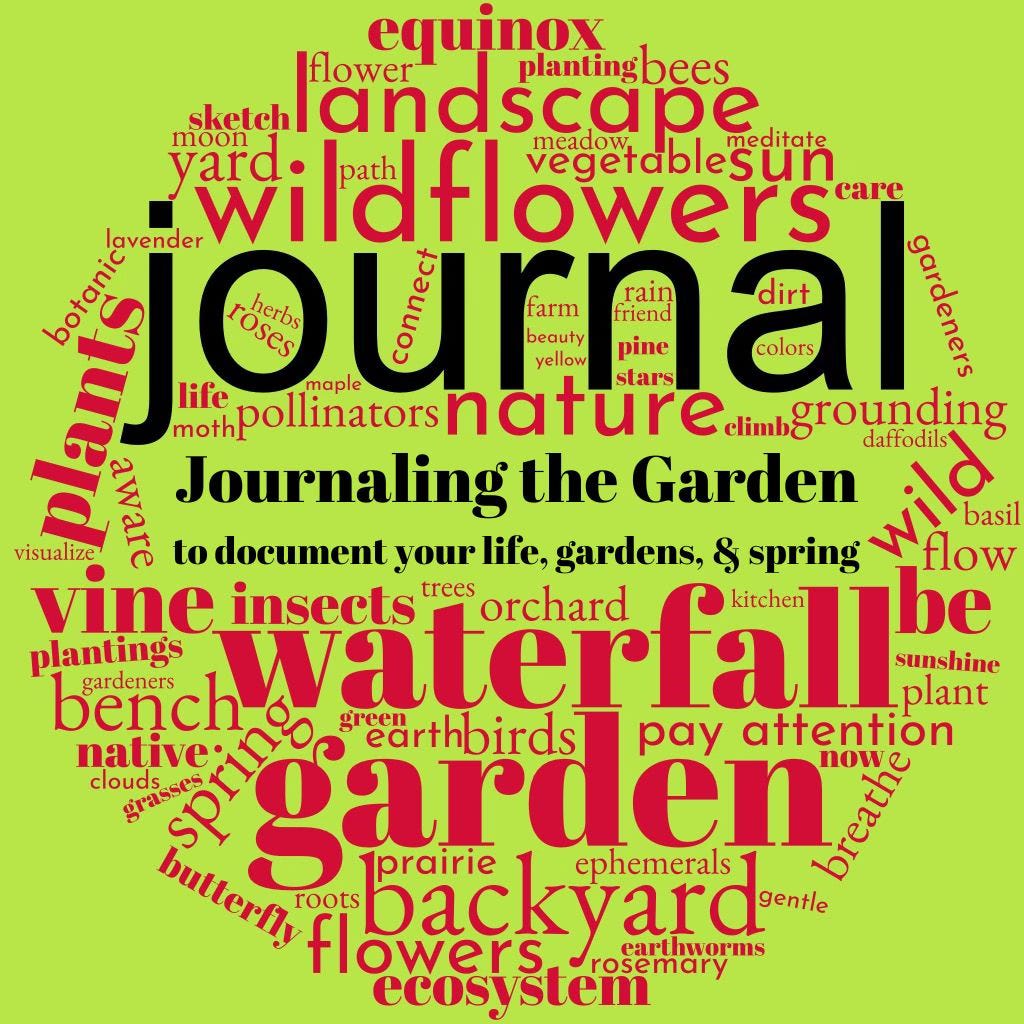
Thank you so much for raising this issue! I’m a social worker (and journalist) by training, so my touchstone is always to “start where the client is.” In the rural area where I do land conservation and habitat restoration, I find it’s a lot more productive to talk with people about protecting the land we all know and love, and our rural way of life, than it is to frame it as a way to make us more resilient to climate change.
I sit in an historical society meeting in my town and I learn. I moved here to Maine with my husband in 1984. We are not farmers. We were not born here. My family is from the eastern shore of Maryland since the 1600s . My husbands family immigrated from Northern Europe in the early twentieth century. I came here noting nothing about Maine or mainers. Now forty years later I am the chair of the local historical society and I listen. I ask a question and I listen some more. My job is to figure out how to preserve the stories. And to weave the fabric that will help the community hold and be healthy. That is the heart of the matter. It is not my becoming a Mainer. I will always be from away. It’s not recreating the past but weaving the stories into the future.